While the purpose of overlanding is often to go off the grid, using the latest technology will make your trip safer and more enjoyable. Here’s a quick list of the best technologies to master before going on a long trip in remote areas.
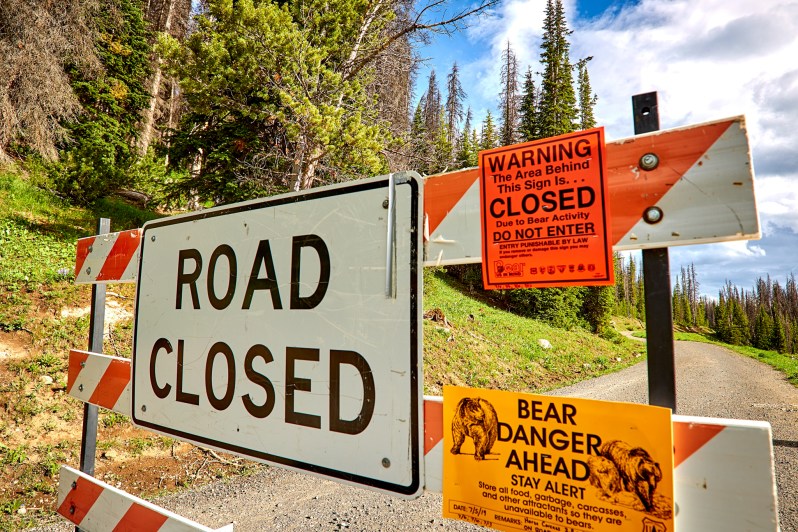
A lifted four-wheel-drive truck with high ground clearance, low gears, and good lights is basically all you need to have an almost unstoppable overland rig. However, if you get lost, the best vehicle won’t help you. Preparation is key and getting information on the go is essential to avoid bad weather and plan alternative routes whenever you encounter road closures. That’s where the newest tech comes into play.
Planning Your Overlanding Trip
Before you even start the car, there’s a lot of work that can be done in front of a screen. Indeed, planning your trip is easier than ever with the internet and its unlimited resources.
Maps
Paper maps are useful and reliable since they don’t need any batteries, but it might be overwhelming to buy all the documentation before a long trip. Let’s say you go on the 3,000 miles of the United States Continental Divide. How many maps do you need? How many forest service websites do you need to check to buy all these documents? That’s where apps for smartphones and tablets are amazing. For a low fee, you will be able to download maps with different layers and scales for virtually any area in the United States. One of the leaders in the segment is Gaia, which lets you use maps offline and draw your route, dynamically following the trails shown on the map.
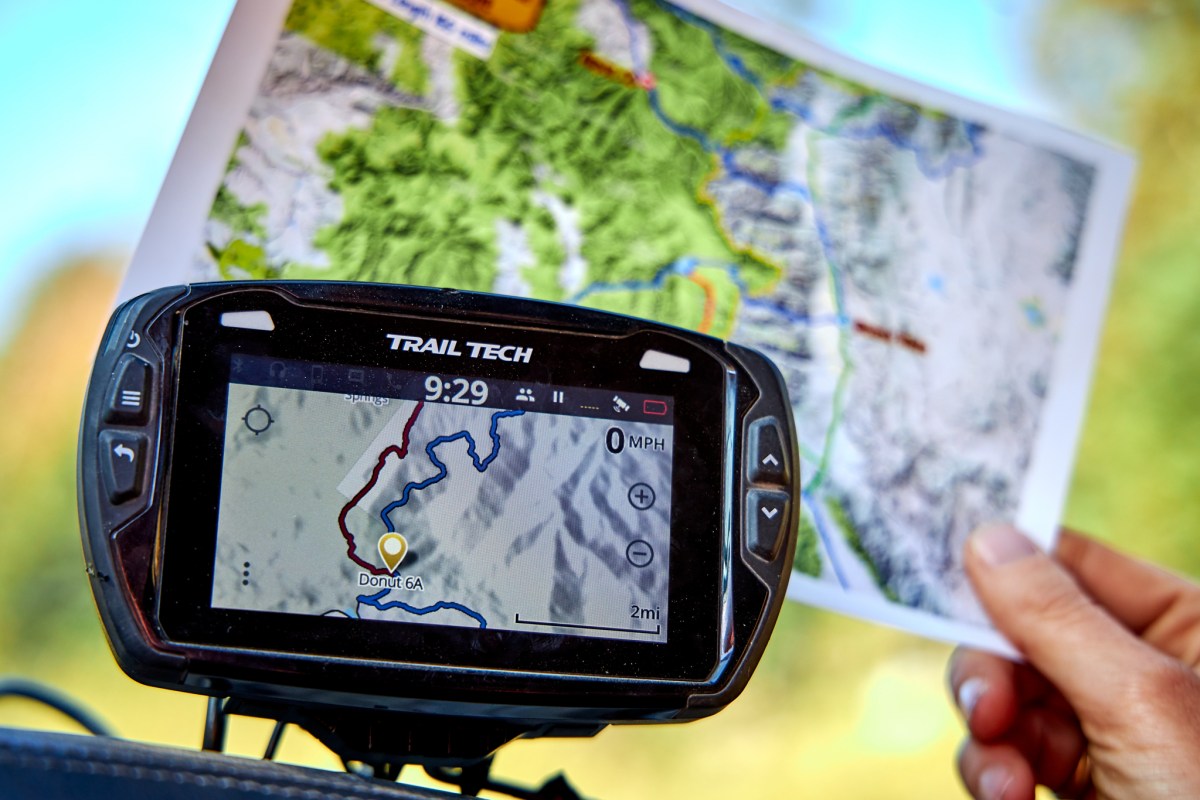
Websites and Forums
Traditional websites and four-wheel-drive-oriented forums can give you very useful pieces of information that are not written on maps, such as updates about trail conditions and GPS tracks that are ready for download. Non-profit organizations like Ride Backcountry Routes provide directions on proven routes across the western and eastern states and free GPS track downloads. They work together with Butler maps, which allows you to have a paper backup.
Another good source of inspiration and GPS tracks is GPS Kevin, where some of the best overland routes for adventure motorcycles and four-wheel-drives are available. These tracks are just amazing, as they come with paved, hard, and normal off-road options to let you personalize your adventure. Kevin will send you paper maps on top of a memory card for your GPS device, which means you’ll be fully equipped navigation-wise.
On the Road
Bringing all this technology with you is not difficult. However, since the useful surface of your dashboard is limited and you don’t want your truck to look like a Boeing 777, you need to carefully choose the devices you bring aboard.
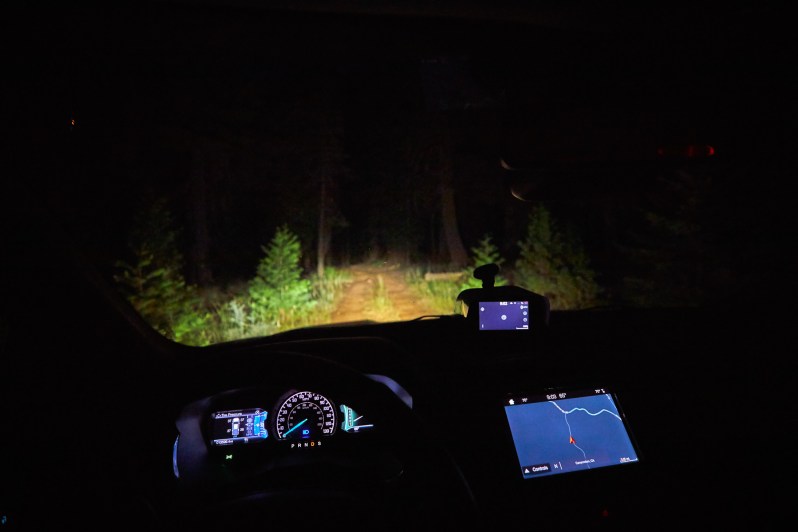
Smartphone
Everybody has one today, but don’t count on the cell service to be consistent. You’ll probably be out of reach of the nearest cell tower for the better part of your trip.
Tablet
Tablets like the iPad come with a built-in GPS — if you opt for a model with a SIM card. This allows you to use apps like Gaia with no data and no connection and still see your position on the topographic map. And the big screen makes the topographic maps easier to read than on a smartphone.
Radio
Two-way radios like the Midland MicroMobile MXT115 not only give you the ability to talk to other vehicles in your group, they also allow you to select repeater channels to reach people very far away. These powerful, long-range radios need to be operated by an FCC licensee; however, it costs a mere $70 fee to get a call sign valid for 10 years, and you can obtain one online with just a few clicks on FCC’s website. The cherry on the cake, these radios can listen to NOAA channels where weather information is displayed all day long in real time. That’s a great way to plan ahead and avoid being stuck in the mud or in the snow.
Short-Distance Communication
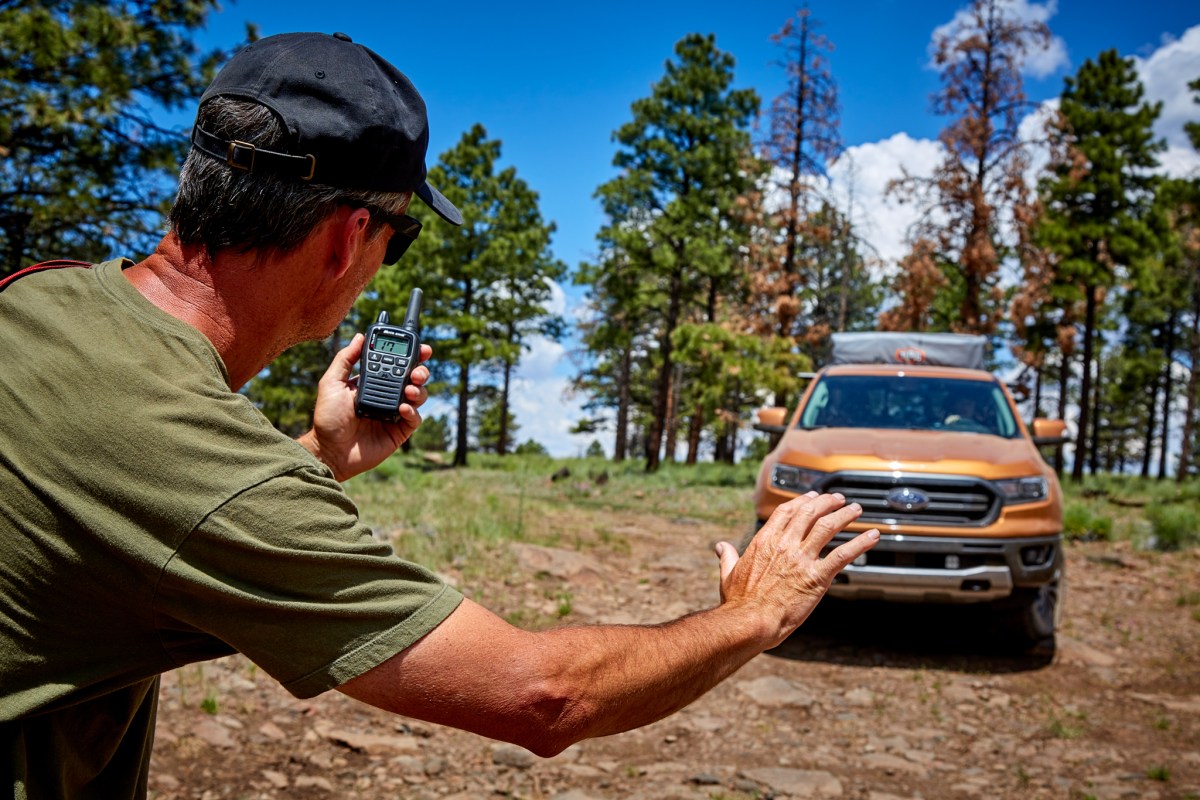
Two-ways hand-held radios such as the Midland X-Talker T71VP3 don’t require an FCC license but are very handy when you’re out of the vehicle to spot an obstacle and want to give directions to the driver. It will avoid yelling, random attempts to learn sign language on the spot, and overall will reduce risks of miscommunication.
GPS
Even if your tablet or smartphone has an integrated GPS chip, it won’t be as reliable as a true GPS device. When you opt for a model with a big color screen like the Trail Tech Voyager Pro, you can zoom in and see all the trails around you, even if you’re in a deep forest. That’s really useful when you have to re-route because of fallen trees, snow patches, or road closure. Last, but not least, these awesome devices can track the other vehicles of your group and display their position on the tactile screen. It’s a great way to improve the safety of the group and lower the level of stress when waiting for your friends.
Satellite Technology
With a cell service almost always nonexistent off the grid, you might want to invest in an expensive satellite phone and its subscription plan. If you’re on a budget, you can play it almost as safe for less money with some smaller devices dedicated to tracking and search and rescue. The Spot Gen 3 is the most famous of these little satellites trackers, and once activated by the annual $129 subscription plan, it offers many possibilities: you can track your position and share it with your family through a live web portal, inform people at home through predefined text messages, and request an emergency search and rescue effort by pressing only one button. More sophisticated devices such as the Spot Gen X and Garmin InReach will allow you to use a tiny keyboard to send and receive texts, but they basically offer the same functionalities.
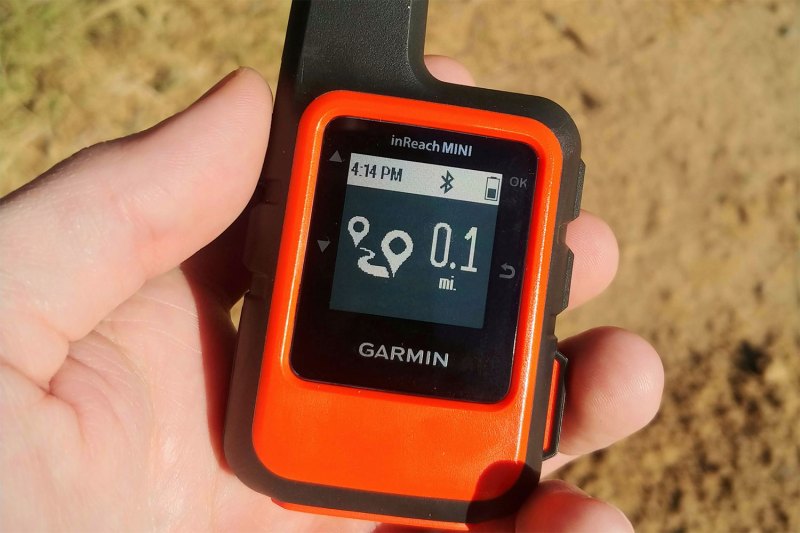
Drones
Even though drones are mostly used to take awesome pictures and videos, they can also spot difficult trails ahead of you. It’s not really a safety or planning device, but one might prove useful if you are hesitating to enter a technical trail in a high mountain with no room for a u-turn.
With today’s technology, we have all the data at the tips of our fingers. This makes driving in unknown territories more enjoyable than ever but might also remove a part of the mystery. It’s up to us to find the delicate balance between reckless exploration and over-preparation. Getting (a little) lost is sometimes the best thing that can happen since you’ll make unexpected discoveries, so don’t be shy to shut off the screens for a little while.
Editors' Recommendations
- Let Kevin Costner Narrate Your Next Road Trip with the HearHere App
- On the Road with Mikah Meyer, the First Person to Visit Every National Park Site in One Trip
- Your Guide to a Road Trip Across New York State
- The Quietest and Loneliest Roads in America
- The Airy Carapate Teardrop Trailer Is Your Window to the Natural World



